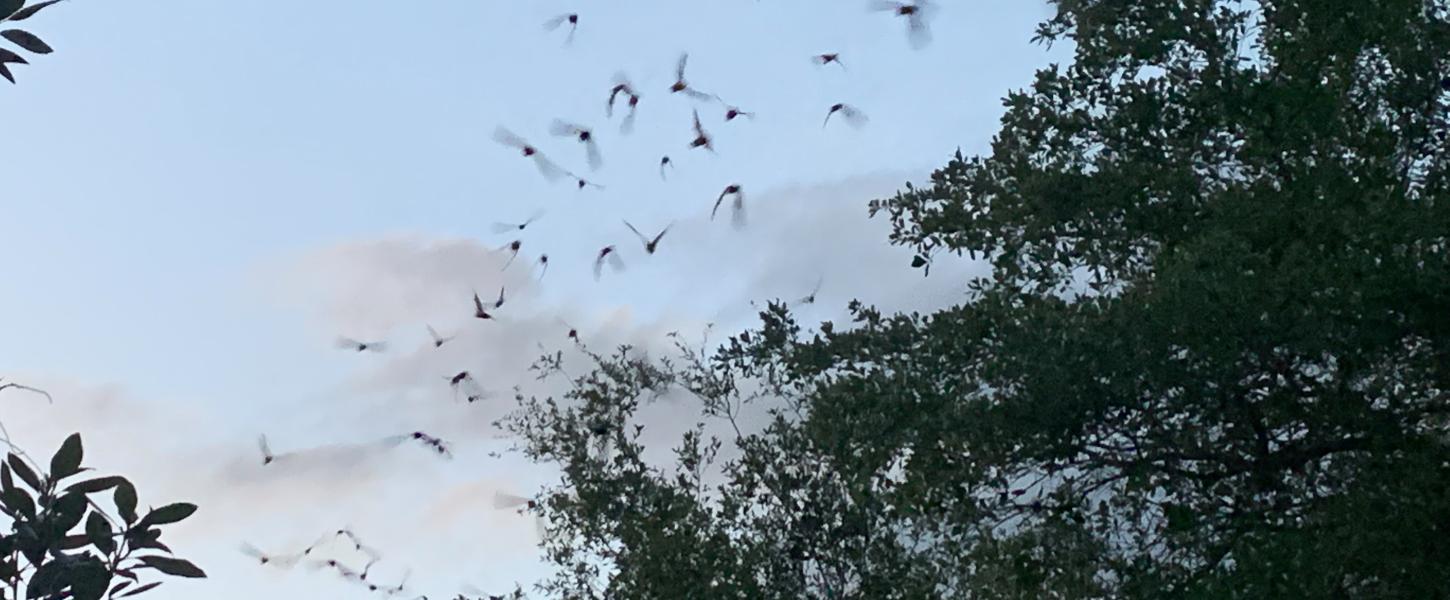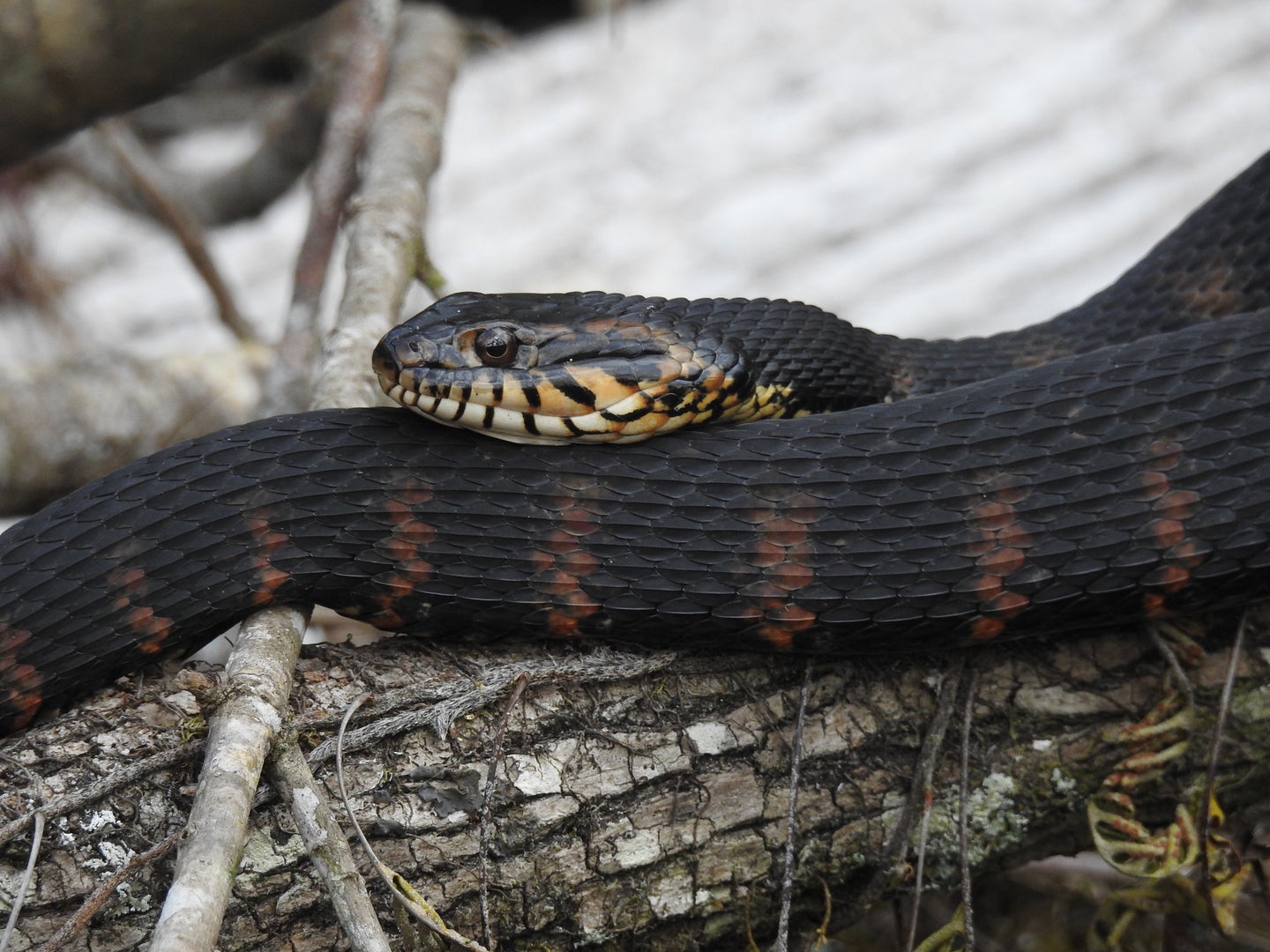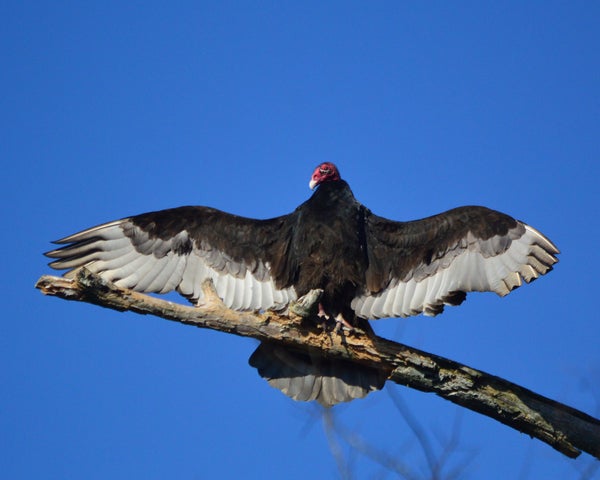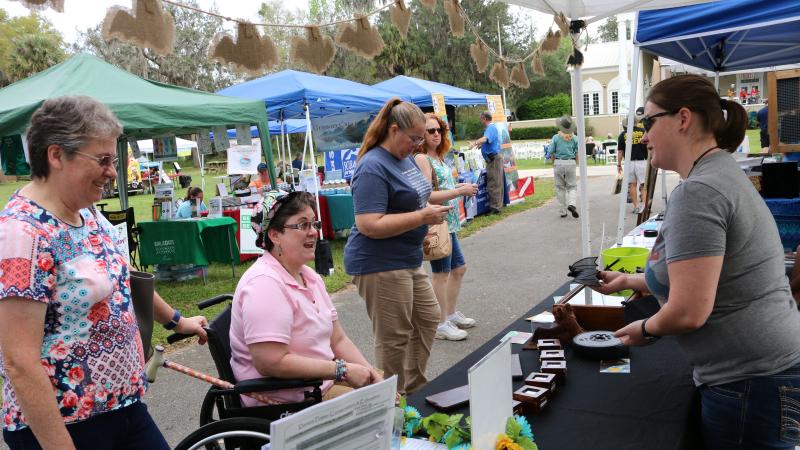Seven of Florida’s SPOOKIEST Species – Debunked!

Florida is home to an incredible diversity of plant and animal species.
Many of our native critters have a tough reputation. Whether foreign or familiar, we’re here to debunk some of the misconceptions about Florida’s most misunderstood “spooky” species.
Bats
The only mammal capable of true flight, bats have many fascinating adaptations that help them survive. They are natural insect control, capable of eating their body weight in insects in one night. Some bats also help pollinate fruits. In Florida, we have 13 species of bat. Their twilight flights are on full display at Florida Caverns State Park and Fort Cooper State Park
Rats
Just like Florida’s human populations, our native rodents love the water. These fuzzy critters are important members of their aquatic communities. Marsh rice rats are skilled swimmers that keep their fur meticulously clean to repel water. Endangered beach mice act like tiny farmers for dune plants along the shore. And the rare Key Largo wood rat builds large nests for its family, providing homes for other creatures at Dagny Johnson Key Largo Hammock Botanical State Park.

Snakes
Of the 46 species of native snakes in Florida, only six are venomous, and encounters between venomous snakes and humans are pretty rare. Why is that? Most snakes are just as afraid of us as we are of them!
Learning how to identify snakes is a great skill, but the safest thing to do is to give them space. If they don’t feel threatened, snakes will go back to their slithery business.
Spiders
The largest spider species in Florida, the golden silk orb weaver looks like something out of a Halloween movie! But golden silk spiders (and all their orb-weaving cousins) are more beautiful than bone-chilling. Their enormous webs are masterfully crafted and their super strong silk shines golden in the sun.
The large spiders are the females, hard at work building a home and catching insects to take care of their mates. Anyone can appreciate the spiders’ handiwork along trails throughout Florida this October.
Skinks and Salamanders
Included on our list of “spooky” critters are things that look like snakes and move like snakes – but are not snakes. Skinks and glass lizards are lizards with long tails and small or no legs. They typically hang out in cool soil. Salamanders, a group of critters that includes newts, sires and waterdogs, are amphibians that split their time between land and water.
Whether scaled or slimy, many of these creatures serve as indicator species, meaning that changes in their population can help scientists identify environmental problems in imperiled landscapes such as Paynes Prairie Preserve State Park.

Vultures
Is eating dead things kind of spooky? Maybe. But it’s also extremely helpful. Janitors of the sky, vultures help clean up roads, neighborhoods and pastures.
Florida’s two species of vulture, the black vulture and turkey vulture, can often be found together but have distinctive personalities. Black vultures are fiercely loyal and family oriented. Turkey vultures like to ride updrafts, joyfully somersaulting through the air until they catch a whiff of decaying carrion to eat. Spot the differences in their flight and foraging patterns on your next birding trip.
Strangler Figs
Although their name suggests otherwise, these amazing trees are not scary. They rely on a host plant, usually cabbage palms, for support. This strategy ensures the young vine-like plant gets the sunlight and water it needs in the densely crowded hammocks of South Florida.
Over several decades, the slow-growing strangler fig can outcompete or outlive the natural lifespan of its host. A great example is the show-stopping specimen at Hugh Taylor Birch State Park.
.png?itok=YEze_YlD)
 Cropped.jpg?itok=1zL3pcTP)
